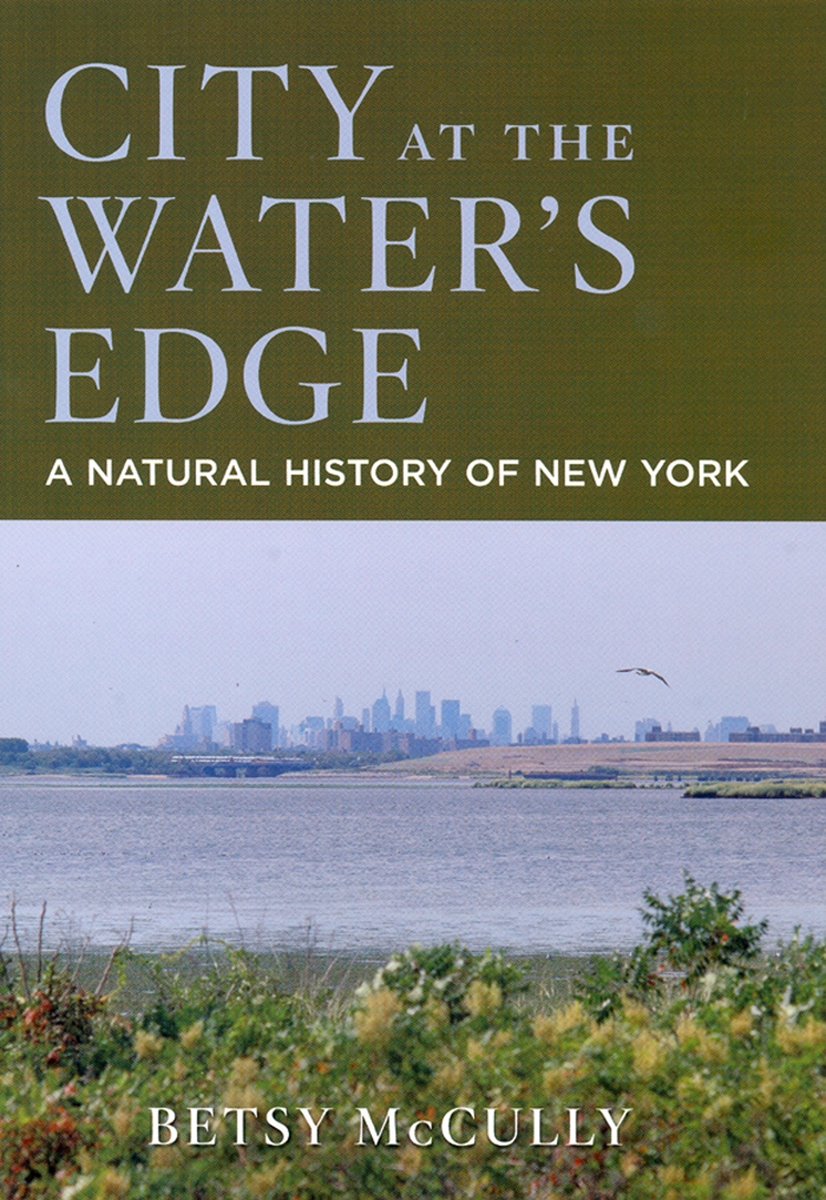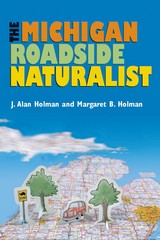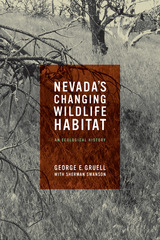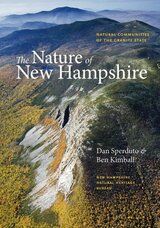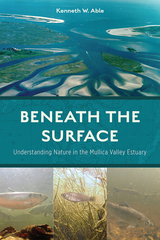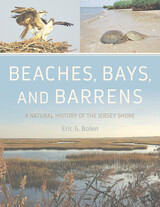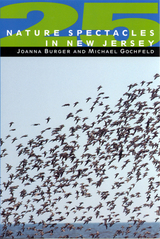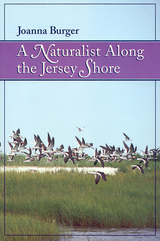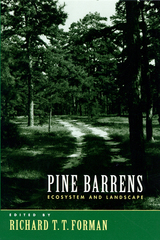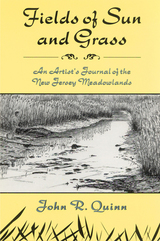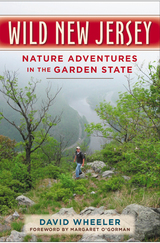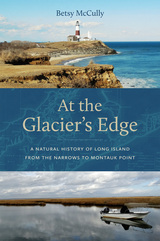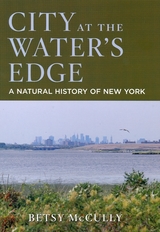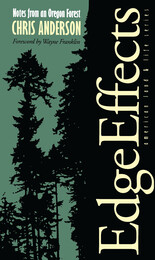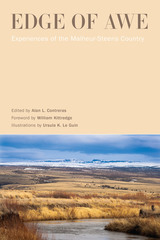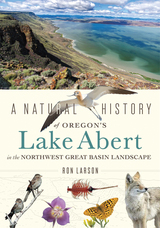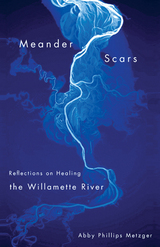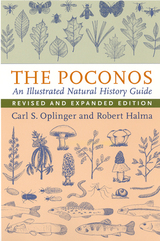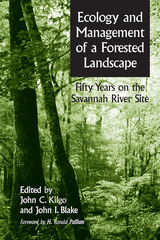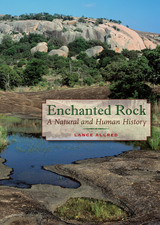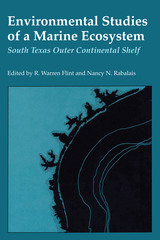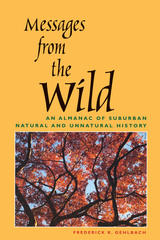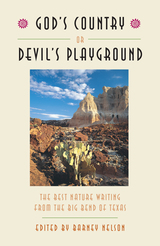City at the Water's Edge: A Natural History of New York
Rutgers University Press, 2007
Cloth: 978-0-8135-3915-7 | eISBN: 978-0-8135-7781-4 (ePub) | eISBN: 978-0-8135-4010-8 (PDF)
Library of Congress Classification QH105.N7M385 2007
Dewey Decimal Classification 508.7471
Cloth: 978-0-8135-3915-7 | eISBN: 978-0-8135-7781-4 (ePub) | eISBN: 978-0-8135-4010-8 (PDF)
Library of Congress Classification QH105.N7M385 2007
Dewey Decimal Classification 508.7471
ABOUT THIS BOOK | AUTHOR BIOGRAPHY | REVIEWS | TOC
ABOUT THIS BOOK
Concrete floors and concrete walls, buildings that pierce the sky, taxicabs and subway corridors, a steady din of noise. These things, along with a virtually unrivaled collection of museums, galleries, performance venues, media outlets, international corporations, and stock exchanges make New York City not only the cultural and financial capital of the United States, but one of the largest and most impressive urban conglomerations in the world. With distinctions like these, is it possible to imagine the city as any more than this?
City at the Water's Edge invites readers to do just that. Betsy McCully, a long-time urban dweller, argues that this city of lights is much more than a human-made metropolis. It has a rich natural history that is every bit as fascinating as the glitzy veneer that has been built atop it. Through twenty years of nature exploration, McCully has come to know New York as part of the Lower Hudson Bioregion-a place of salt marshes and estuaries, sand dunes and barrier islands, glacially sculpted ridges and kettle holes, rivers and streams, woodlands and outwash plains. Here she tells the story of New York that began before the first humans settled in the region twelve thousand years ago, and long before immigrants ever arrived at Ellis Island. The timeline that she recounts is one that extends backward half a billion years; it plumbs the depths of Manhattan's geological history and forecasts a possible future of global warming, with rising seas lapping at the base of the Empire State Building.
Counter to popular views that see the city as a marvel of human ingenuity diametrically opposed to nature, this unique account shows how the region has served as an evolving habitat for a diversity of species, including our own. The author chronicles the growth of the city at the expense of the environment, but leaves the reader with a vision of a future city as a human habitat that is brought into balance with nature.
City at the Water's Edge invites readers to do just that. Betsy McCully, a long-time urban dweller, argues that this city of lights is much more than a human-made metropolis. It has a rich natural history that is every bit as fascinating as the glitzy veneer that has been built atop it. Through twenty years of nature exploration, McCully has come to know New York as part of the Lower Hudson Bioregion-a place of salt marshes and estuaries, sand dunes and barrier islands, glacially sculpted ridges and kettle holes, rivers and streams, woodlands and outwash plains. Here she tells the story of New York that began before the first humans settled in the region twelve thousand years ago, and long before immigrants ever arrived at Ellis Island. The timeline that she recounts is one that extends backward half a billion years; it plumbs the depths of Manhattan's geological history and forecasts a possible future of global warming, with rising seas lapping at the base of the Empire State Building.
Counter to popular views that see the city as a marvel of human ingenuity diametrically opposed to nature, this unique account shows how the region has served as an evolving habitat for a diversity of species, including our own. The author chronicles the growth of the city at the expense of the environment, but leaves the reader with a vision of a future city as a human habitat that is brought into balance with nature.
See other books on: City at | McCully, Betsy | Middle Atlantic (DC, DE, MD, NJ, NY, PA) | Natural history | Water's Edge
See other titles from Rutgers University Press
